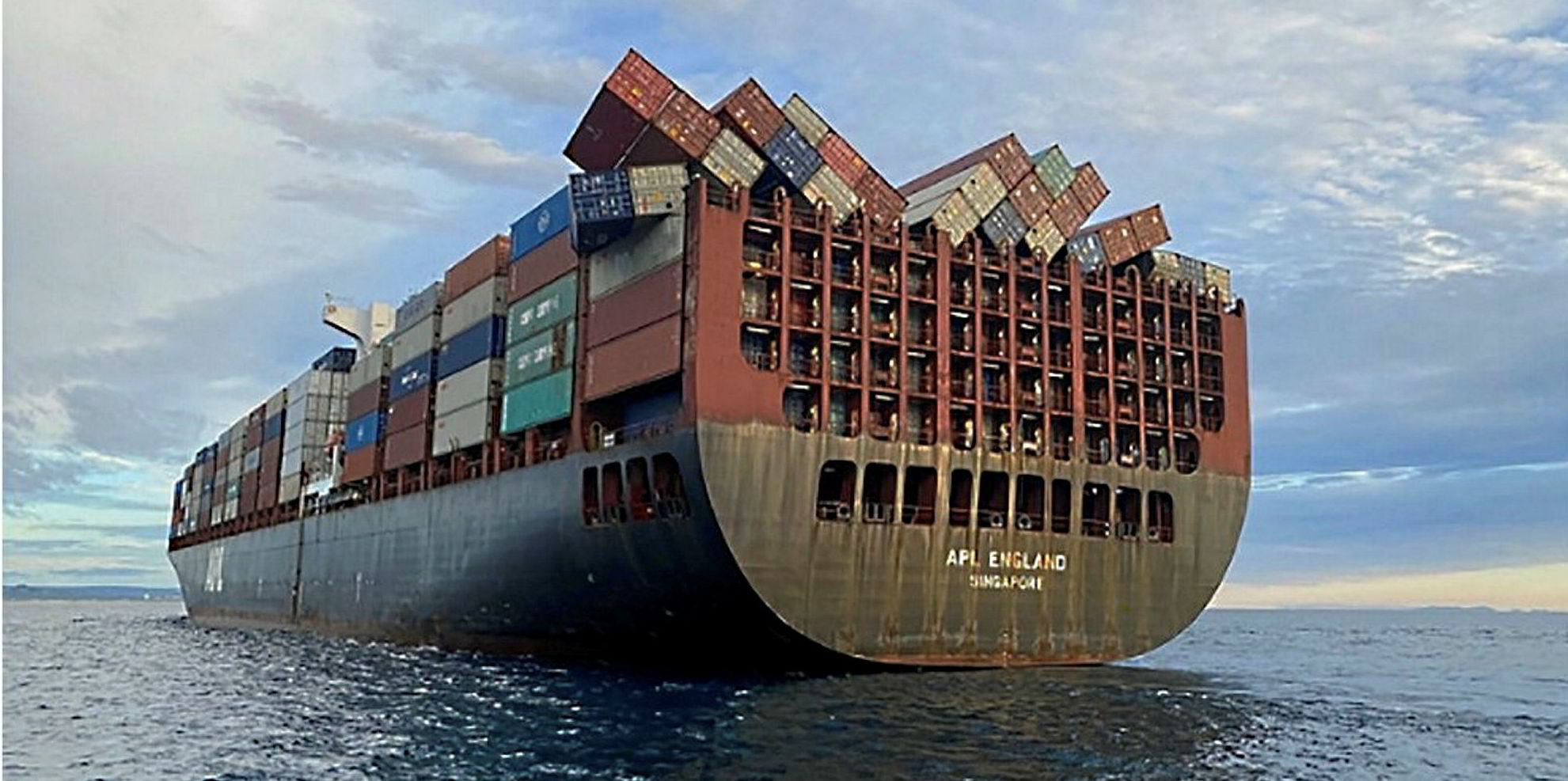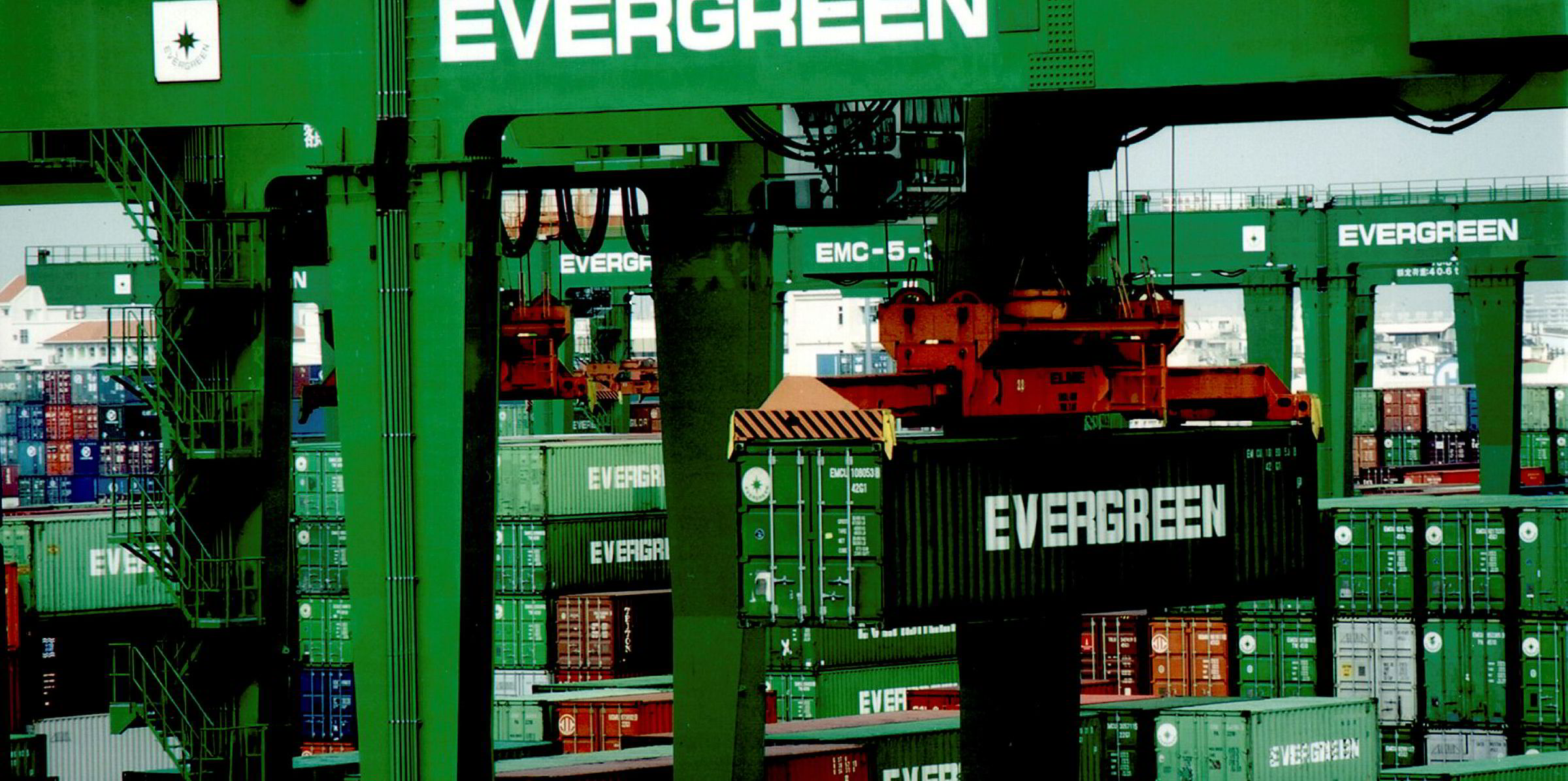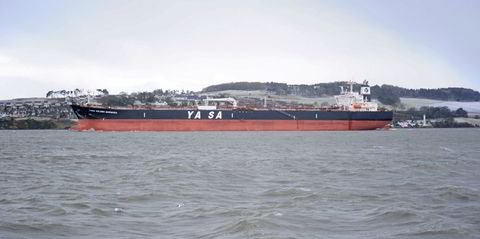The Swedish Club has highlighted the causes of containers lost at sea which is one of the most expensive claims it faces as a protection and indemnity insurer.
The Gothenburg-based mutual estimates that an average claim for containers lost overboard amounts to $135,000 which is more than two and a half times higher than the average claims cost.
While lost containers accounts for just 4% of its total number of claims, it accounts for over 10% of its costs.
There have been a number of incidents involving significant loss of containers including the 19,224-teu MSC Zoe (built 2015), the 4,250-teu YM Efficiency (built 2009) and the 5,510-teu APL England (built 2001).
In a bid to highlight the cause of the losses. the Swedish Club has produced the loss prevention note entitled “Preventing the loss of containers at sea”.
The insurer has identified miss-declared cargo and heavy weather as a catalyst in many incidents. Heavy weather is involved in about half the claims but accounts for more 80% of the costs.

However Lars Malm, director of strategic business development and client relations at the Swedish Club, also pointed out that planning, loading, lashings and stability factors also play a part in these losses.
He suggested tightening of procedures in all parts of the logistics chain may be required.
“Reluctance by crews to reduce speed or alter course to avoid heavy weather; poorly stuffed containers; containers not secured in accordance with the cargo securing manual; lashing strengths not checked against the loading computer’s lashing module; excessive GM – all these factors can be avoided with good seamanship and proper training,” Malm said.
Malm’s conclusions have been backed by a recent UK investigation.
A report issued in July from the UK’s Marine Accident Investigation Branch (MAIB) into the loss of 42 containers from the 7,024-teu Ever Smart (built 2015) in 2017 said the accident occurred in heavy weather in the Pacific but was mainly due to “poor stowage”.






